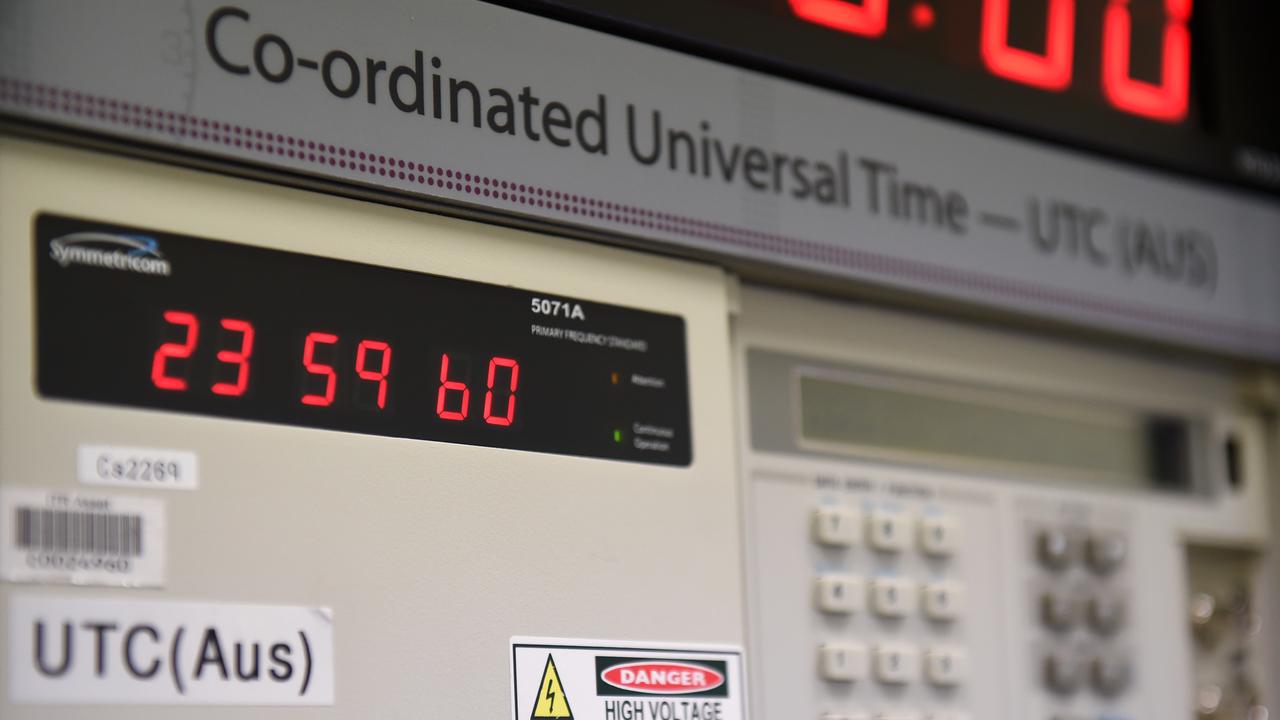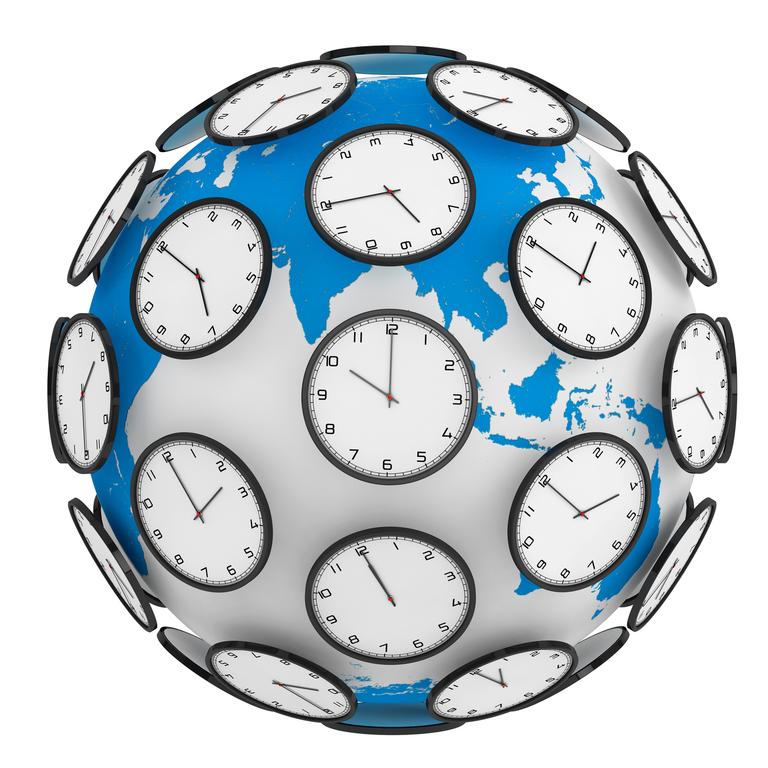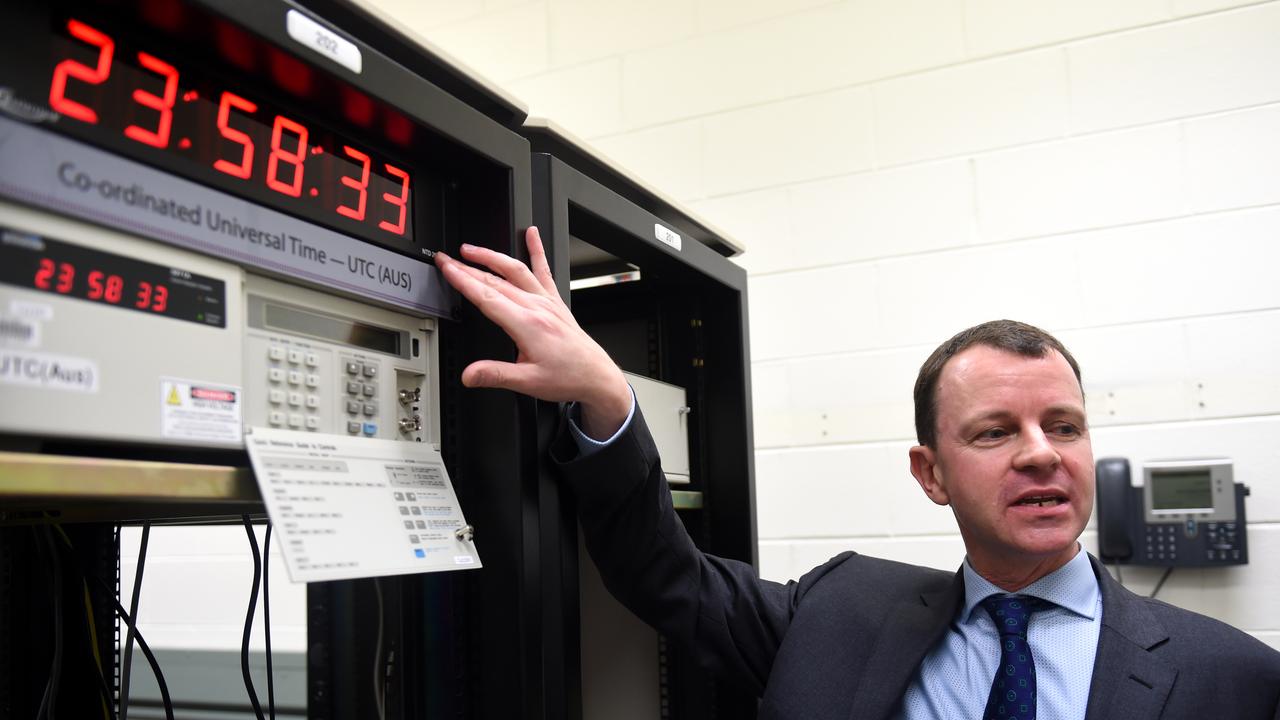World’s scientists vote to call time on leap second
The extra second added to clocks at irregular intervals to ensure we keep time with Earth’s rotation will be scrapped by 2035

READING LEVEL: ORANGE
Scientists and government representatives from around the world have voted to scrap leap seconds by 2035, the organisation responsible for global timekeeping has announced.
Similar to leap years, leap seconds have been periodically* added to clocks over the past 50 years to make up for the difference between exact atomic time* and the Earth’s slower rotation.
While leap seconds pass by unnoticed for most people, they can cause problems for a range of systems that require an exact, uninterrupted flow of time, such as satellite navigation, software, telecommunications, trade and even space travel.

It has caused a headache for the International Bureau of Weights and Measures (BIPM), which is responsible for Co-ordinated Universal Time (UTC) – the internationally agreed standard by which the world sets its clocks.
A resolution* to stop adding leap seconds by 2035 was passed by the BIPM’s 59 member states and other parties, which met at the General Conference on Weights and Measures in Versailles, France, on November 18.
Australia was among countries in favour of ditching leap seconds, along with the US and France.
Russia voted against the resolution, but the head of the BIPM’s time department, Patrizia Tavella, said this was only because it wanted to push back the date to 2040.
She said other countries had called for quicker time frames, such as 2025 or 2030, so the “best compromise” was 2035.

While most people are aware of leap years – the extra day added to February every four years to ensure our calendar remains connected to the actual time it takes for Earth to rotate around the sun – leap seconds are not as well known.
Seconds were long measured by astronomers analysing the Earth’s rotation, however the introduction of atomic clocks – which use the frequency of atoms as their tick-tock mechanism – brought about a far more precise era of timekeeping.
But Earth’s slightly slower rotation means the two times are out of sync*. To bridge the gap, leap seconds were introduced in 1972, and there have been 27 added at irregular intervals* since. The last leap second was added in 2016.

Under the General Conference on Weights and Measures resolution, leap seconds will continue to be added as normal for the time being. But by 2035, the difference between atomic and astronomical time will be allowed to grow to a value larger than one second.
“The larger value is yet to be determined,” said Judah Levine, a physicist* at the US National Institute of Standards and Technology.
The resolution stated that negotiations would be held to determine how big the gap would be allowed to grow and how it would be handled beyond 2035.
Professor Levine said a possible solution could be letting the discrepancy* between the Earth’s rotation and atomic time build up to one minute.
He said that while it was difficult to estimate exactly how long that would take, it could be anywhere between 50 to 100 years.
Prof Levine said that instead of then adding a leap minute to clocks, the final minute of the day could be slowed to the point it actually took two minutes.
“The advance of a clock slows, but never stops,” he said.
GLOSSARY
- periodically: from time to time, occasionally
- atomic time: the extremely accurate system of measuring time using atomic clocks
- resolution: a formal plan that is voted on by a group
- sync: short for synchronise, which means two or more things working together in harmony
- intervals: the time between two events
- physicist: a scientist who specialises in physics, which is science that deals with matter and energy
- discrepancy: difference between two things
EXTRA READING
Earth spinning faster than ever before
How we tell the time just got more accurate
What is a leap year? Why is there one this year?
QUICK QUIZ
- What year will leap seconds be scrapped by?
- Name two systems that leap seconds can cause problems for.
- What is the internationally agreed standard by which the world sets its clocks?
- Was Australia in favour of scrapping leap seconds?
- Name another nation that shared Australia’s position.
LISTEN TO THIS STORY
CLASSROOM ACTIVITIES
1. No words
Create a diagram or drawing with no words that will help someone understand why there are leap seconds.
Time: allow 30 minutes to complete this activity
Curriculum Links: English, Science
2. Extension
Invent a new way or system of describing and measuring time. Write a description and include any diagrams that will help to explain your new way or system.
Time: allow 40 minutes to complete this activity
Curriculum Links: English, Science
VCOP ACTIVITY
To sum it up
After reading the article, use your comprehension skills to summarise in a maximum of three sentences what the article is about.
Think about:
- What is the main topic or idea?
- What is an important or interesting fact?
- Who was involved (people or places)?
Use your VCOP skills to re-read your summary to make sure it is clear, specific and well punctuated.

